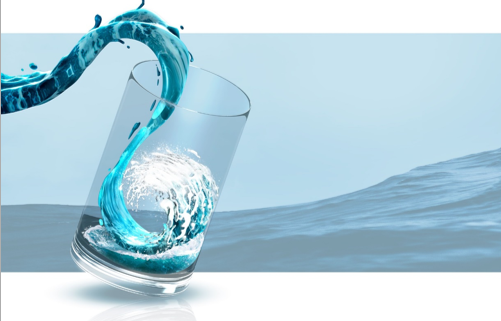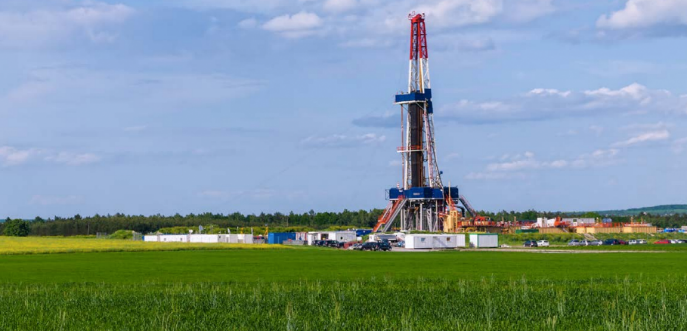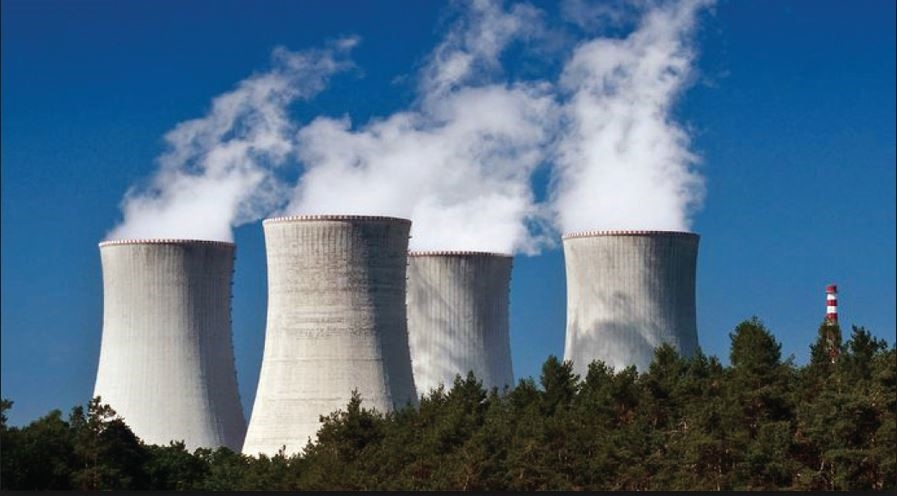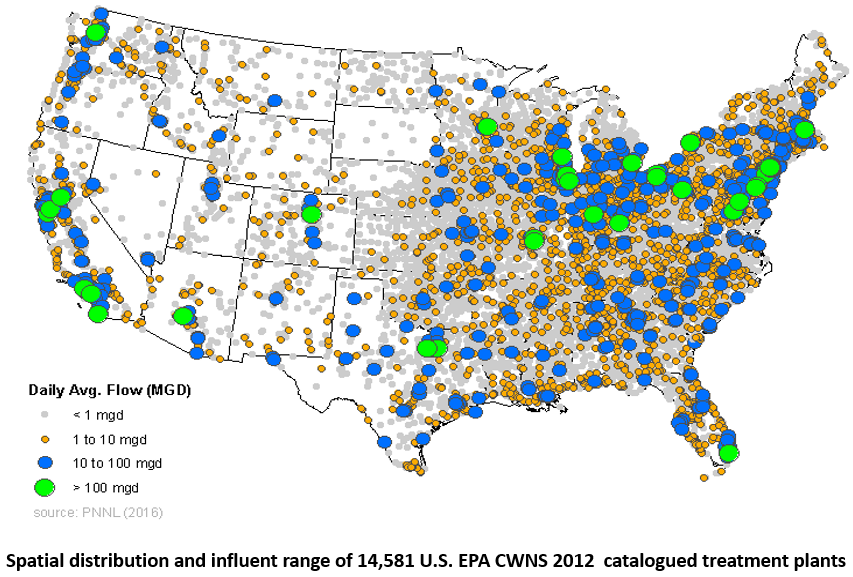U.S. Department of Energy (DOE) officially opened the first stage of the Waves to Water Prize, which seeks to accelerate the development of wave energy powered desalination systems and launch novel technologies to address critical water security challenges. The prize is divided into four stages, and the first concept stage is now open for applications through September 11, 2019.
“The start of the Waves to Water Prize marks an important step toward driving growth and progress in the marine energy sector as well as spurring innovation to develop desalinization technologies that will have a global impact,” said U.S. Under Secretary of Energy Mark W. Menezes. “Supplying potable drinking water is a significant challenge in many parts of the world, and we have the opportunity to use the power of competition to find lasting solutions through the development of these two industries.”
The Waves to Water prize will offer competitors up to $2.5 million in prizes for winners to advance their solutions from concept, to technical design, to the building of a prototype, and culminate in an open water testing competition, where the systems will produce clean water using only waves as power sources. The initial concept stage has $200,000 in prizes, with up to $10,000 in funding for up to 20 winners. DOE is seeking interdisciplinary solutions that are modular and easily transportable, and ultimately can serve the clean water needs of remote communities or aid in disaster relief scenarios. More information on specific guidelines for submissions and rules of the competition can be found here.
The prize is the first to be launched by DOE under the White House-initiated Water Security Grand Challenge – a DOE-led framework to advance transformational technology and innovation to meet the global need for safe, secure, and affordable water.
The Waves to Water Prize is led by the EERE Water Power Technologies Office and administered by the National Renewable Energy Laboratory on the American Made Challenges platform. This prize builds on the success of DOE’s Wave Energy Prize, which catalyzed the development of technologies that doubled the energy captured from ocean waves.
The Water Security Grand Challenge is a White House initiated, U.S. Department of Energy led framework to advance transformational technology and innovation to meet the global need for safe, secure, and affordable water. Using a coordinated suite of prizes, competitions, early-stage research and development, and other programs, the Grand Challenge has set the following goals for the United States to reach by 2030:
Goal 1: Launch desalinaton technologies that deliver cost-competitive clean water
Goal 2: Transform the energy sector’s produced water from a waste to a resource
Goal 3: Achieve near-zero water impact for new thermoelectric power plants, and significantly lower freshwater use intensity within the existing fleet
Goal 4: Double resource recovery from municipal wastewater
Goal 5: Develop small, modular energy-water systems for urban, rural, tribal, national security, and disaster response settings





